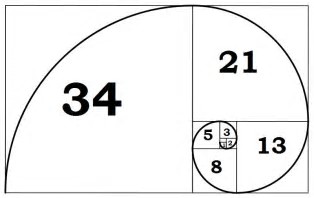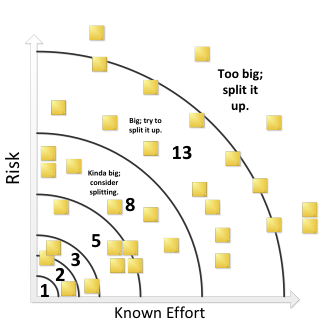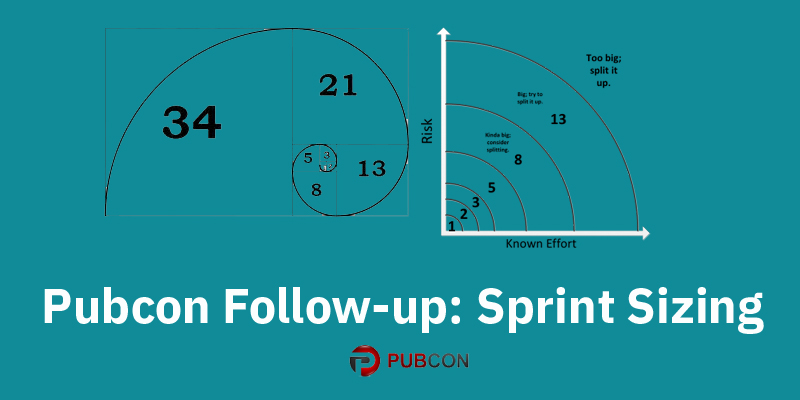Agile Marketing
In general, I think the audience was on board with the idea of appropriating this development methodology for marketing. It makes sense to align teams of disparate skillsets around specific topics, campaigns, products or services. It overcomes the common barrier of internal silos, varying team priorities, and budgeting constraints. And it encourages the team to strive not for perfection but collaboration and iteration.
Sprint Sizing, though, seems a lot more challenging than it really is. If you mention any level of mathematics or refer, as I did, to Fibonacci sequences, that seems a bridge too far. If numbers are involved, they must add up to something, right?
Fortunately, Agile, by its very nature, is agile, and as I mentioned in my presentation, there are very few hard-set rules. It’s the same with Sizing.
.@keithgoode is showing us the Fibonacci Sequence. Looks cool but all I heard was I had to do math ? #Pubcon
— Casie Gillette (@Casieg) March 7, 2019
So…they have to all add up? ?
— Casie Gillette (@Casieg) March 7, 2019
What is Sizing?
Sizing in the process by which you evaluate all of the user stories in your backlog and determine how many team members will be needed over what period of time before they’re complete. (By the way, user stories are simply the requests made by the Product Owner.) It is a highly collaborative process in which the Scrum Master and the individual team members make estimates based on the team member’s bandwidth and skillset. Two team members may give completely different estimates for the same user story based on their own abilities, and in Agile, this is perfectly acceptable.

The key to understanding Fibonacci sizing is that once you establish your baseline of effort, you’ll automatically know how much you can fit into a sprint. The baseline is quite simple. If one of the user stories takes one team member the full sprint to complete, that would be the baseline measure for the rest of your user stories.
- If you have lots of smaller user stories, your baseline number might be a 3. Any item that might take a third of a sprint to complete for one person would then be a 1.
- If your user stories are moderate in difficulty, your baseline might be a 2.
- Anything taking 2 team members the entire sprint working together would be a 5.
Once you’ve set your baseline, you can figure out how many items you can fit into a two-week sprint. If your baseline is 2 and you have 6 team members in your Scrum team (minus the Scrum Master, of course), your max number would be 13. If you have the maximum number of Scrum Team members, 9, then your max number would be 21.
No. Those numbers don’t add up. The additional padding is there for a reason. It ensures that you hit your goal without burning out your team in the process.

Beyond the sizing aspect of it, which seems way more daunting than it really is, performance marketers then have to figure out how to tweak this development methodology for marketing. Some of the questions you might ask to get that understanding of how to size your efforts are:
- How long would it take you to research, write and optimize a blog post?
- How long would it take to verify ownership of a site for Google Search Console?
- How long would it take you to perform a competitive keyword gap analysis (minus brand terms) for a site?
- How long would you need to identify the top 100 lowest quality scores for our PPC campaigns?
- How long does it take you to put together a report for a quarterly business review?



